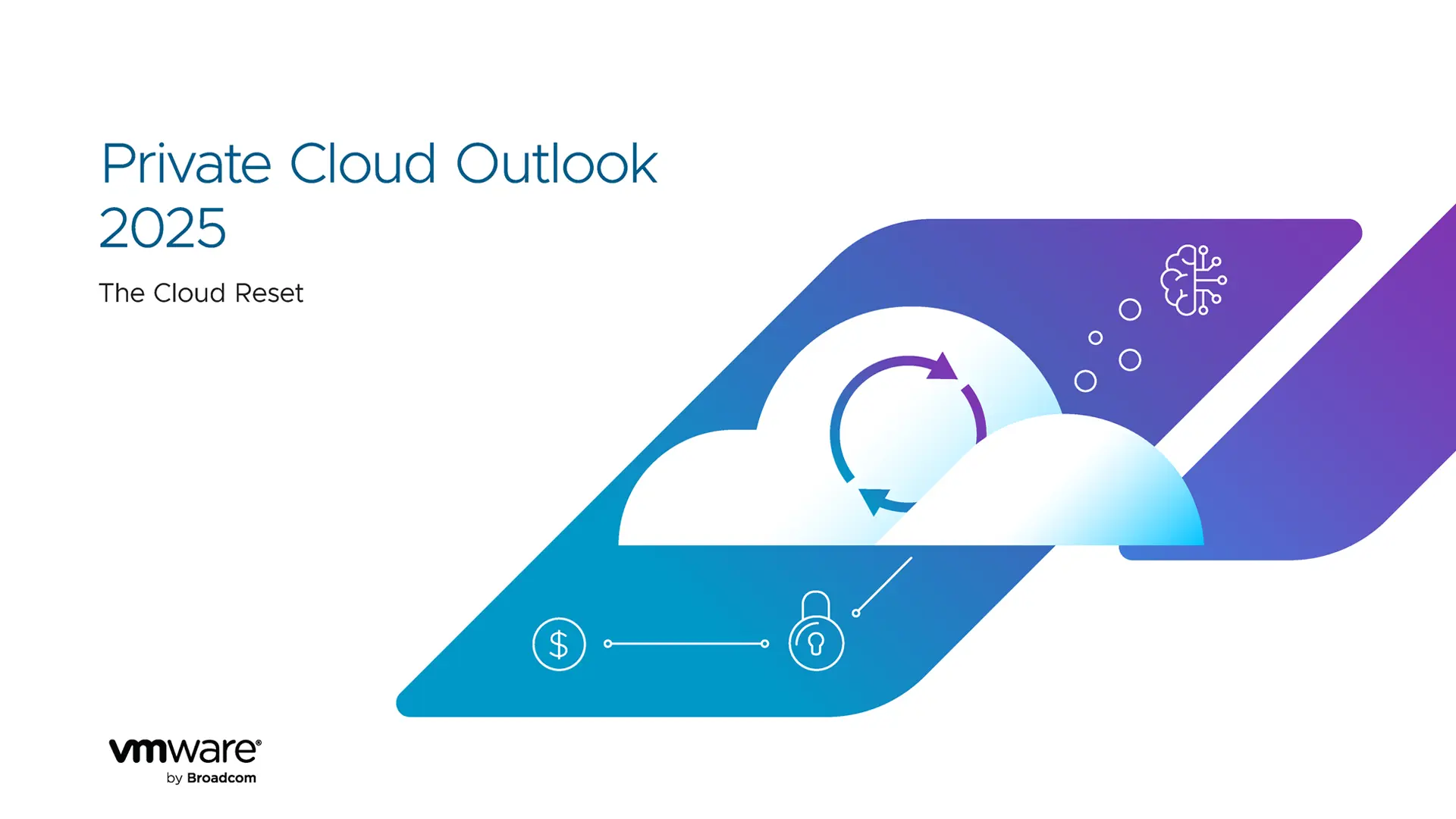Whether it’s gaining access to your energy supplier’s website to submit a meter reading, or trying to get Glastonbury tickets, we’ve all seen systems go down when put under pressure. Often, this downtime is due to IT teams failing to pre-empt the need to scale up resources ahead of a high-traffic event.
Pre-cloud, storing growing pools of data required huge investments and labour-intensive management, but the global adoption of cloud hosting has revolutionised the data industry as we know it.
Alongside cost-effectiveness and flexibility, one of the major benefits of choosing the cloud over on-premise architecture is the ability to scale easily and quickly. But what does scalability actually mean in cloud computing?
What is cloud scalability?
Cloud scalability refers to the ability to increase or decrease IT resources as needed to meet changing demands. For example, a ticketing website may have low traffic all year round, but experience high traffic on the day tickets are released, and need additional resources to handle this. Scalability is the key element of the cloud that ensures the infrastructure can handle the traffic and resume a normal service without crashing or becoming slow.
Processing power, data storage capacity and networking can all be scaled up or down quickly and easily using existing cloud computing infrastructure, typically with little to no downtime or disruption.
How does cloud scalability work?
Scalable cloud infrastructure is made possible through virtualisation. Unlike physical machines where the resources are relatively fixed, virtual machines (VMs) are highly flexible and can be easily scaled up or down, moved to a different server or hosted on multiple servers at once.
Compared to on-premises infrastructure, where the process can take weeks or months and requires huge expense, cloud providers have all the infrastructure already in place to allow for rapid scaling.
Scalability vs elasticity
While these two terms may sound synonymous with one another, cloud scalability and elasticity are not the same.
Scalability, as previously described, refers to the ability to increase workload with existing hardware resources. On the other hand, an elastic solution can grow or shrink automatically and dynamically in response to changing workload demands, such as a sudden spike in web traffic.
A business that experiences variable and unpredictable workloads might seek an elastic solution for short-term bursts in the public cloud, whereas cloud scalability is strategically planned for long-term growth.
Types of scaling in cloud computing
There are two basic types of scalability in cloud computing: vertical and horizontal scaling.
Vertical scaling
This is generally thought of as the “easier” scaling method and is often referred to as “scaling up” or “scaling down” when you have fluctuating workloads. Usually, there is an upper limit associated with this type of scaling based on the capacity of the server being scaled; scaling beyond that tends to require some downtime.
You can add or subtract power to an existing cloud server (with no change in your code) by:
- Upgrading memory (RAM)
- Adding faster storage such as Solid State Drives (SSDs)
- Upgrading processing power (CPU)
Horizontal scaling
Scaling horizontally is a more complex option and is typically referred to as “scaling in or out”. With this method, you can add more servers to your system to spread the load across multiple machines, which in turn increases performance and storage capacity.
Growing organisations that require high availability, optimal performance and high-capacity memory and storage – all with minimal downtime – are well suited to using horizontal scaling. With horizontal scaling, businesses can grow infinitely, as there are no limitations. With such benefits, however, also comes more complexity compared to vertical scaling as additional servers are involved. Multiple servers require more general admin tasks such as security, monitoring and updates, so opting for a third-party cloud provider may be preferable in this case to offset such tasks.
Benefits of cloud scalability
Flexibility
As business needs grow and change, cloud scalability allows organisations to respond quickly. With just a few clicks, managed hosting providers can easily and quickly add more instantly-available VMs. This means that instead of spending hours or days setting up physical hardware, in-house IT teams can focus on more important tasks to aid business growth and innovation.
Cost savings
Scaling via the cloud saves your business money by avoiding the upfront costs of purchasing costly equipment that will likely become outdated and therefore redundant in a few years. By utilising a cloud provider, you effectively “lease” their equipment, paying only for what you use, and don’t have to worry about maintenance costs such as power and cooling.
Reliability
Scalable cloud infrastructure is designed to meet sudden increases or decreases in demand, so businesses can rest assured they will pass on this reliability to their end-users, improving brand reputation and ultimately increasing long-term revenue.
Performance
The main benefit of scalable infrastructure is performance and the ability to handle high-traffic loads with little or no disruption. A scalable system can help keep your business running during peak times, avoiding downtime which can lead to lost revenue or a damaged reputation.
How cloud scalability supports the National Television Awards
For our customer Indigo Television, scalability was their core requirement from their hosting provider. Indigo Television is the broadcast partner for the National Television Awards (NTAs), one of the biggest TV nights of the year, aired on ITV.
In the lead-up to the awards, the NTA uses an online voting system for two key voting periods. During these periods, the website receives a significant influx of visitors, so reliability and scalability is essential.
To handle the increase in traffic during the voting period Hyve devised a bespoke, load-balanced cloud platform. The server resources available to support the website during the voting period are 24 times higher than their usual levels. Once the voting period is over, the resources are dialed back to keep a lid on the costs and to ensure no resources are wasted.
Kim Tuberville, executive producer of the NTAs, stated ‘Hyve…gives us peace of mind that one of the most important facets of the whole process is going to run without a hitch, and we stick with them year in year out because they deliver a cloud solution that works for us during voting without having to pay for resources we don’t need the rest of the year.’
Read more in our official announcement from our fourth year supporting the NTAs.
Unlimited cloud scalability with Hyve
Looking for a scalable cloud solution for your business? Fill out our contact form and one of our cloud experts will be in touch.





